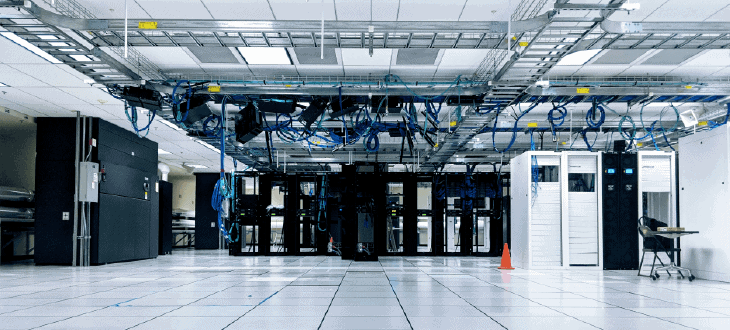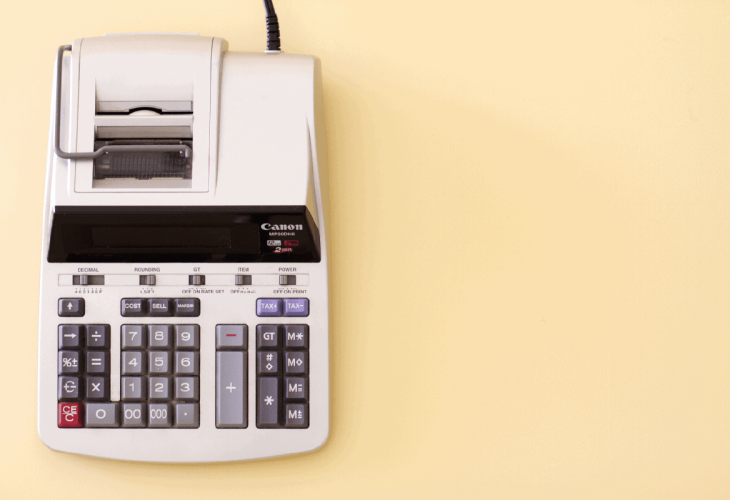What is a Distributed Ledger?
Ledgers are nothing new. Think back to all the old movies you’ve watched over the years where the banker has a ledger, or the crooked businessman or bookie is trying to hide his ledger.
Ledgers are a basic foundation of accounting and economics.
Put simply, a ledger is just a medium of recording transactions, for the purposes of accounting and money management.
Traditionally ledgers were all paper based and came in hard back books. Over time things moved on and most ledgers today are digital – the numbers and quantities are entered on a computer or a tablet, and stored on a database somewhere.

Technology certainly hasn’t missed out ledgers and finance whilst making its advances. Nowadays our ledgers are digital, which makes business transactions more efficient and effective.
What is a Distributed Ledger? – Ledgers and Cryptography
Through breakthroughs in cryptography and amazing computation technologies, distributed ledges have been created which go a step further in securing business transactions.
Distributed Ledgers are digital ledgers condensed into databases stored on nodes of a network, and updated independently by each participant in the business deals and transactions.
The central authority does not communicate the records on various nodes but rather the data is independently constructed and held on digital nodes. These nodes process the transactions to avail comprehensive conclusions.

The distributed ledger is a key component of blockchain, the technology upon which Bitcoin and other Cryptocurrencies are built.
What is a Distributed Ledger? – Advantages Over Traditional Ledgers
Static and paper-based ledgers are prone to both unintentional and intentional damage and sabotage by 3rd parties and untrusted hands.
With computer based digital ledgers, all of these problems are mitigated. The ledgers are digitised and condensed to specific databases, and backup copies being distributed to various physical locations.

The invention of distributed ledgers is a great step forwards in the business transaction process, providing greater levels of online security, quality assurance, and disaster recovery.
They also offer a better user interface and level of accessibility.
With digital and distributed ledgers, users can manipulate copies of the data, perform analysis and extract the values they need from databases, without the need for managing a system of records or the technology themselves.
